

To avoid any risk of shattering glass surfaces, maintain a safe distance when handling high-pressure cleaning devices. Operating at close range, particularly with settings above 1500 PSI, dramatically increases the likelihood of causing damage. Always assess the water jet’s angle and power before approaching vulnerable surfaces.
Having worked extensively with various models of cleaning equipment for over a decade, I’ve observed that an intensity of 1200 to 2000 PSI is sufficient for most outdoor cleaning tasks without compromising nearby glass installations. Aim to use wide spray nozzles, which disperse water over a larger area and reduce focused pressure on any single point.
Consider the condition of the glass itself; older or already damaged panels are at a greater risk. As a rule, if you’re unsure about the durability of a surface, test the device on a less vulnerable area first. By following these precautions, you can enjoy effective cleaning while safeguarding your home from unintentional harm.
Impact of High-Pressure Equipment on Glass Structures
Using high-velocity cleaning equipment on glass surfaces can result in damage, particularly if the nozzle is held too close or at an incorrect angle. Directing concentrated streams towards these surfaces may introduce significant stress, risking fractures or shattering. Observing the manufacturer’s guidelines for distance is crucial; maintaining at least a few feet away from the glass is often advisable. Additionally, employing a more diffused spray pattern can mitigate potential harm.
Factors that Influence Risk of Damage
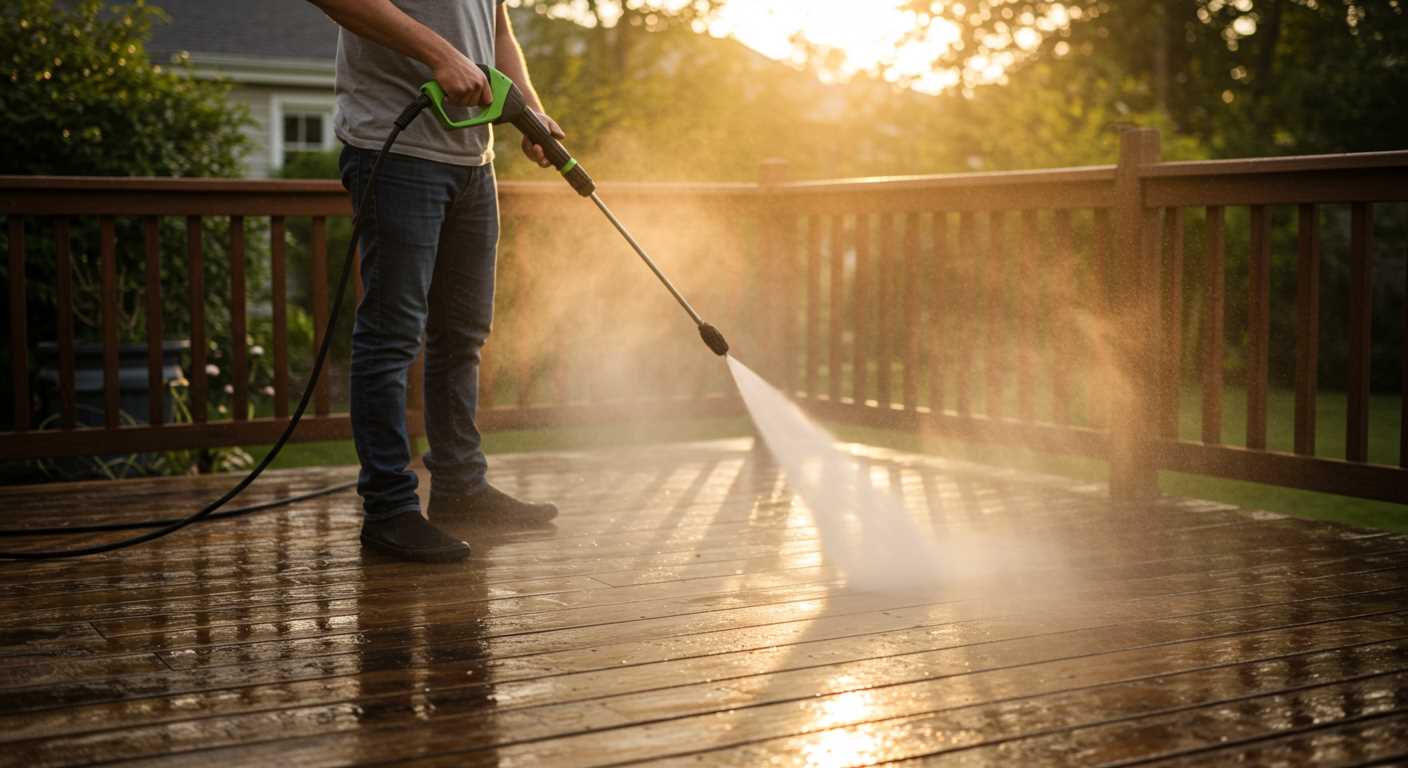
There are several elements to consider regarding the risk levels associated with this equipment’s use near glass. The inherent strength of the glass, environmental conditions, and the specific settings of the machine all play a role. For instance, older windows may be more susceptible to damage compared to modern tempered varieties. Furthermore, if debris or dirt is present on the surface during cleaning, this can amplify the risk of scratching or cracking.
Best Practices for Safe Usage
To minimise the likelihood of accidents, it is prudent to carry out a brief examination of the area before commencing operations. If it is necessary to clean near glass, adjusting the pressure to the lowest effective setting while keeping a safe distance should be standard practice. Various attachments that provide a gentler cleanse are available and should be considered when dealing with delicate areas. Always stay vigilant and adjust your technique based on the glass type and condition to ensure safe and effective cleaning.
Understanding Pressure Washer PSI Ratings
The pressure rating, measured in pounds per square inch (PSI), directly influences the cleaning power and potential risks associated with high-pressure cleaning devices. It’s crucial to select the right PSI for your specific tasks to avoid any damage.
A PSI range of 1,500 to 2,000 is typically adequate for general home cleaning, including decks and patios. For tougher jobs, such as removing grime from concrete surfaces, consider units offering 2,500 to 3,000 PSI.
To illustrate the impact of PSI on surfaces, here’s a table outlining various cleaning tasks and their corresponding PSI recommendations:
| Cleaning Task | Recommended PSI |
|---|---|
| Washing Cars | 1,200 – 1,500 |
| Deck Cleaning | 1,500 – 2,000 |
| Driveway Concrete | 2,500 – 3,000 |
| Exterior Walls | 2,000 – 2,500 |
Understanding the implications of higher PSI ratings is vital. While a unit with elevated pressure might seem advantageous, it can lead to unintended damage on delicate materials, including glass. For this reason, exercise caution when tackling sensitive areas.
Ultimately, selecting the appropriate PSI is about balancing effective cleaning with safety. Assess the surfaces and choose a model that matches the job requirements to avoid costly mishaps.
Common Window Types and Their Durability
For optimal protection when cleaning exteriors, it’s crucial to know which types of glazed structures are available and their strengths. The durability of the glass can significantly impact its resilience to intense cleaning methods.
1. Tempered Glass: This type is treated with heat to increase strength. It can withstand high impact, making it resistant to fractures during vigorous cleansing. However, while tempered glass is robust, it’s important to maintain a suitable distance to prevent thermal stress.
2. Laminated Glass: Composed of two or more layers bonded with a vinyl interlayer, laminated glass is incredibly strong and shatters into small, safe pieces. Its durability means it holds up well under pressure from cleaning agents, but caution is still recommended to avoid damaging the outer layers.
3. Annealed Glass: This standard, untreated style is the least durable among options. Likely to break under strong impacts, it should always be treated cautiously. Using excessive force can easily result in significant damage.
4. Low-E Glass: Specifically designed to reflect heat, low-emissivity glass can be more susceptible to thermal breakage. When cleaning, avoid direct, concentrated force as it may compromise its integrity.
5. Double-Glazing: With two panes and an insulating layer, this design enhances energy efficiency. While it provides decent robustness, it is still advisable to apply gentle techniques during maintenance to prevent stress on the seals.
Understanding these types allows for informed choices during maintenance. Always adjust cleaning methods based on the variety of glass to ensure longevity while maintaining cleanliness.
Factors That Increase the Risk of Window Breakage
Several elements contribute to the likelihood of glass shattering during cleaning operations. Understanding these can significantly reduce unintended damage.
Glass Thickness and Type
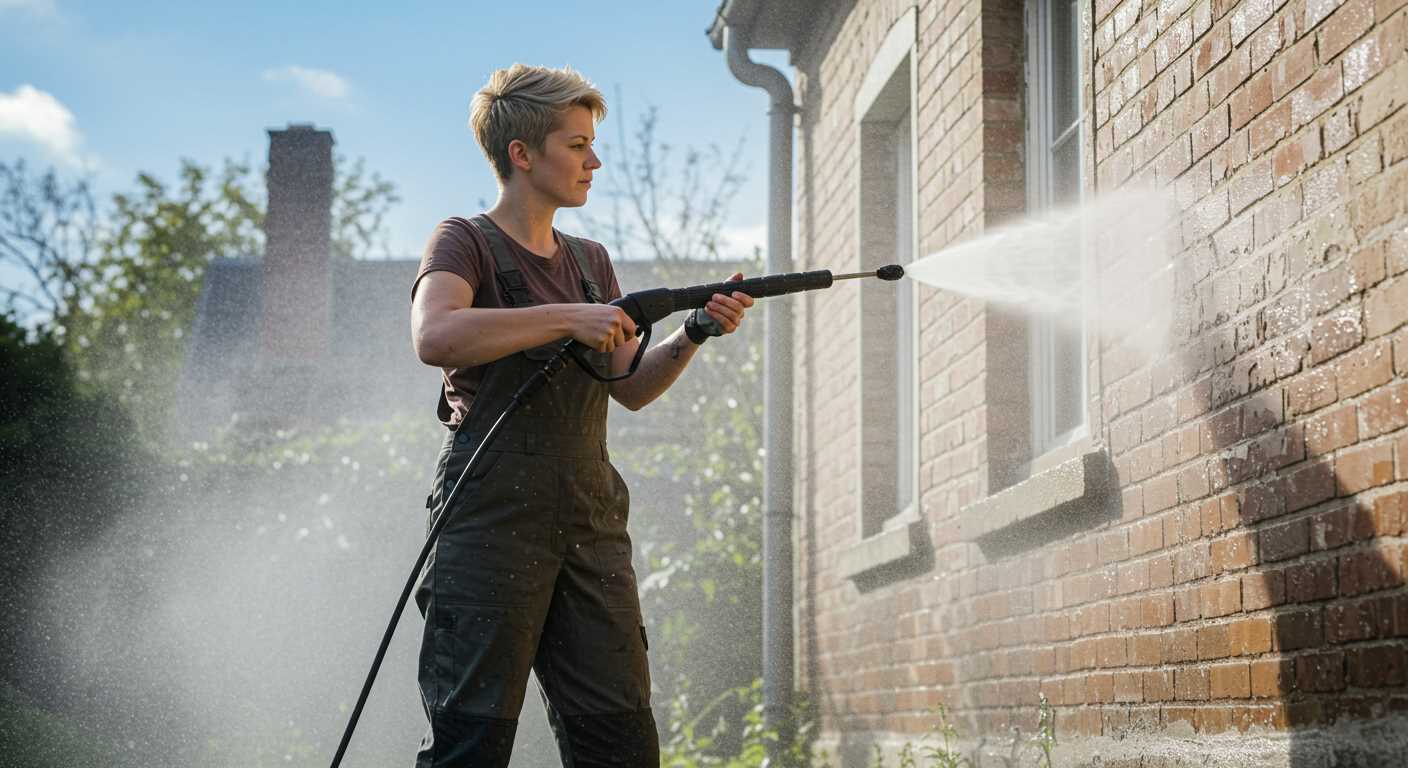
Thinner glass materials, such as single-pane designs, are more susceptible to cracking compared to thicker, double-glazed units. Laminated and tempered glass types offer superior resistance due to their unique manufacturing processes, making them less likely to fracture upon impact. Always verify the specifications of the glazing material before initiating any cleaning routine.
Distance and Angle of Application
Positioning the nozzle too close or at an improper angle increases the chance of harm. Maintain an appropriate distance–generally at least two feet–and adjust the spray angle to ensure an even distribution of force. Avoid direct hits on edges or corners where the glass is more vulnerable.
Environmental conditions also influence the integrity of the glass. Cold temperatures can make the material more brittle, while dirt and debris on the surface can act as additional points of stress when subject to high-velocity streams. Always inspect the work area to minimise potential risks.
Safe Operating Distances for Pressure Washing
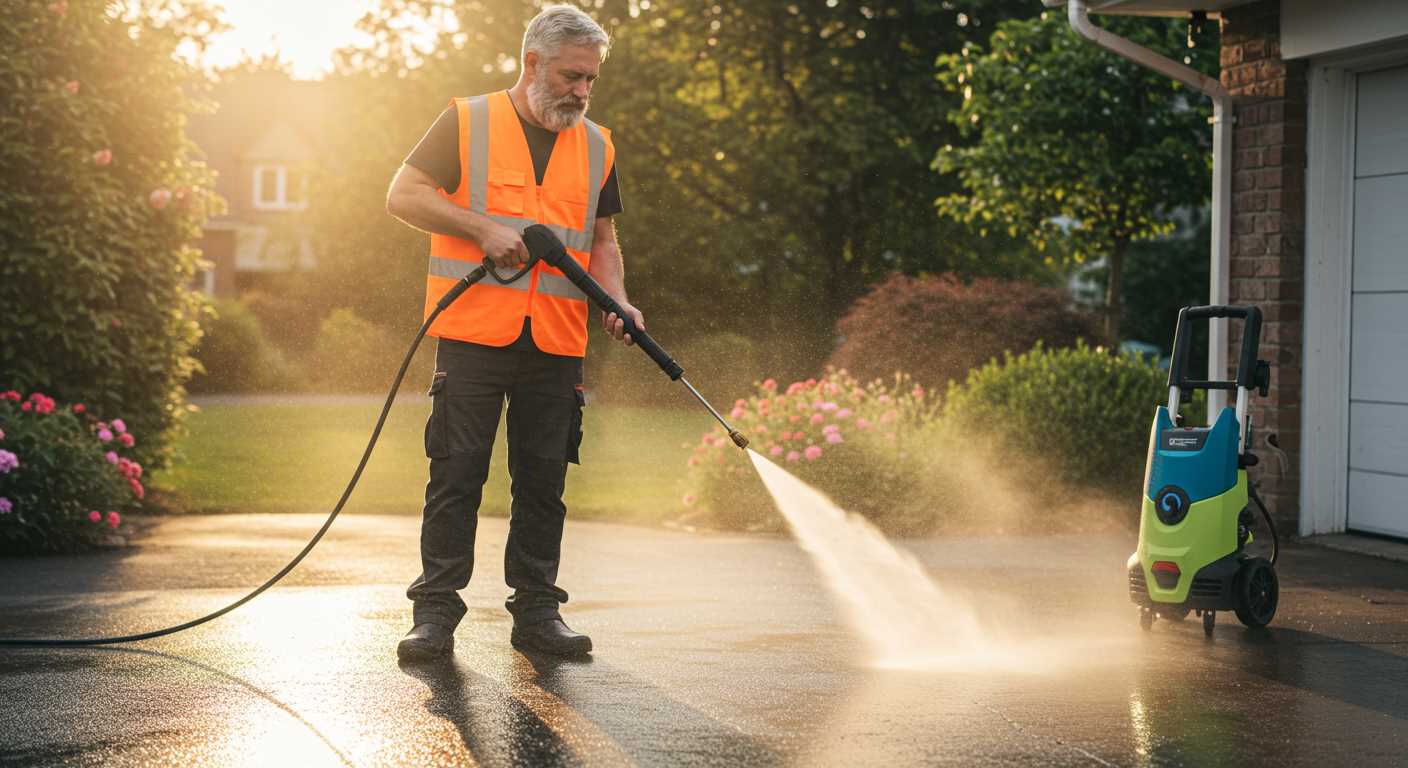
Maintain a minimum distance of 3 to 4 feet when cleaning surfaces near glass installations. Adjust your positioning based on the equipment’s pressure settings; higher PSI levels necessitate greater clearance. A distance of 6 to 8 feet is advisable for very delicate glass types or older installations.
Adjusting for Different Surfaces
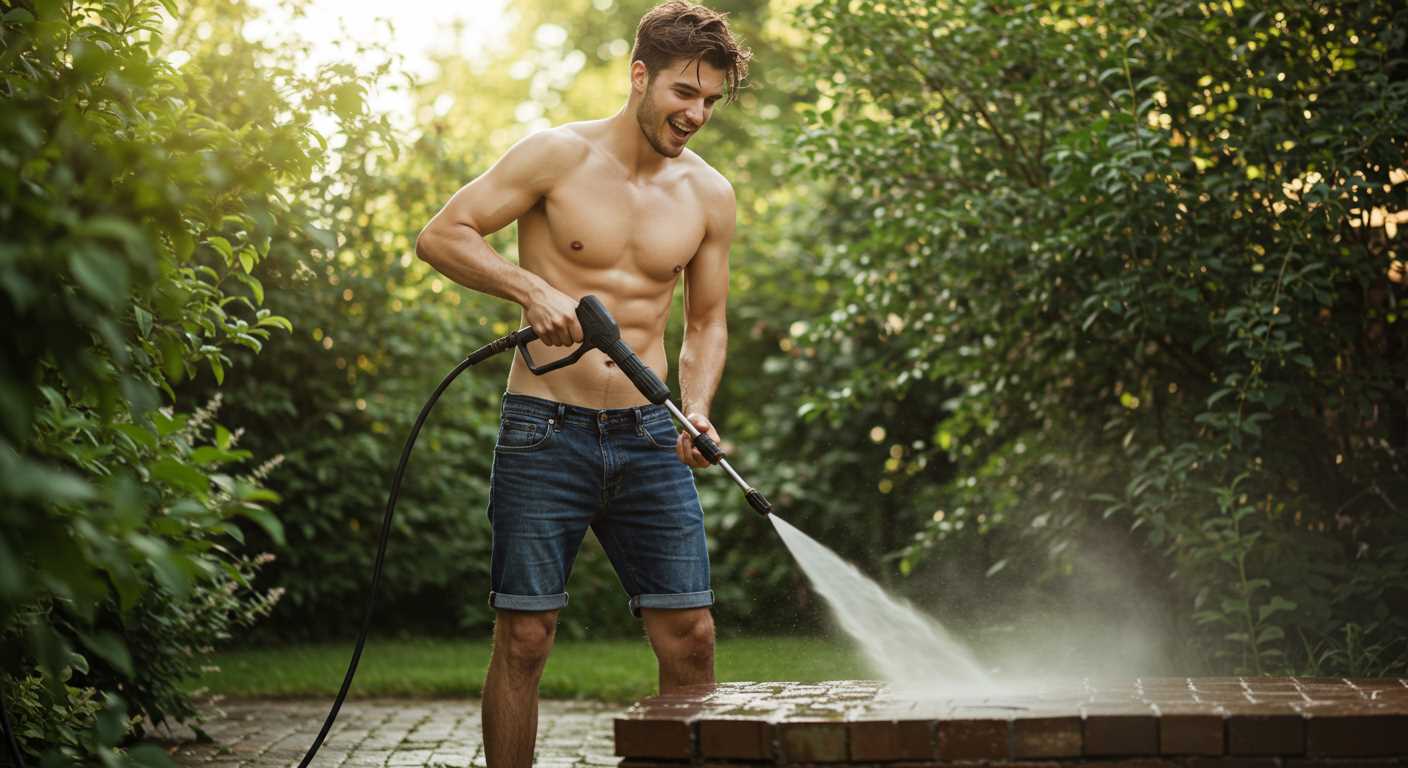
When targeting painted surfaces or siding alongside glass, keep at least 2 to 3 feet away to avoid unintentional damage. For textured or porous surfaces, a further distance of 4 to 5 feet can help prevent excess water force from impacting nearby transparent structures.
Environmental Conditions
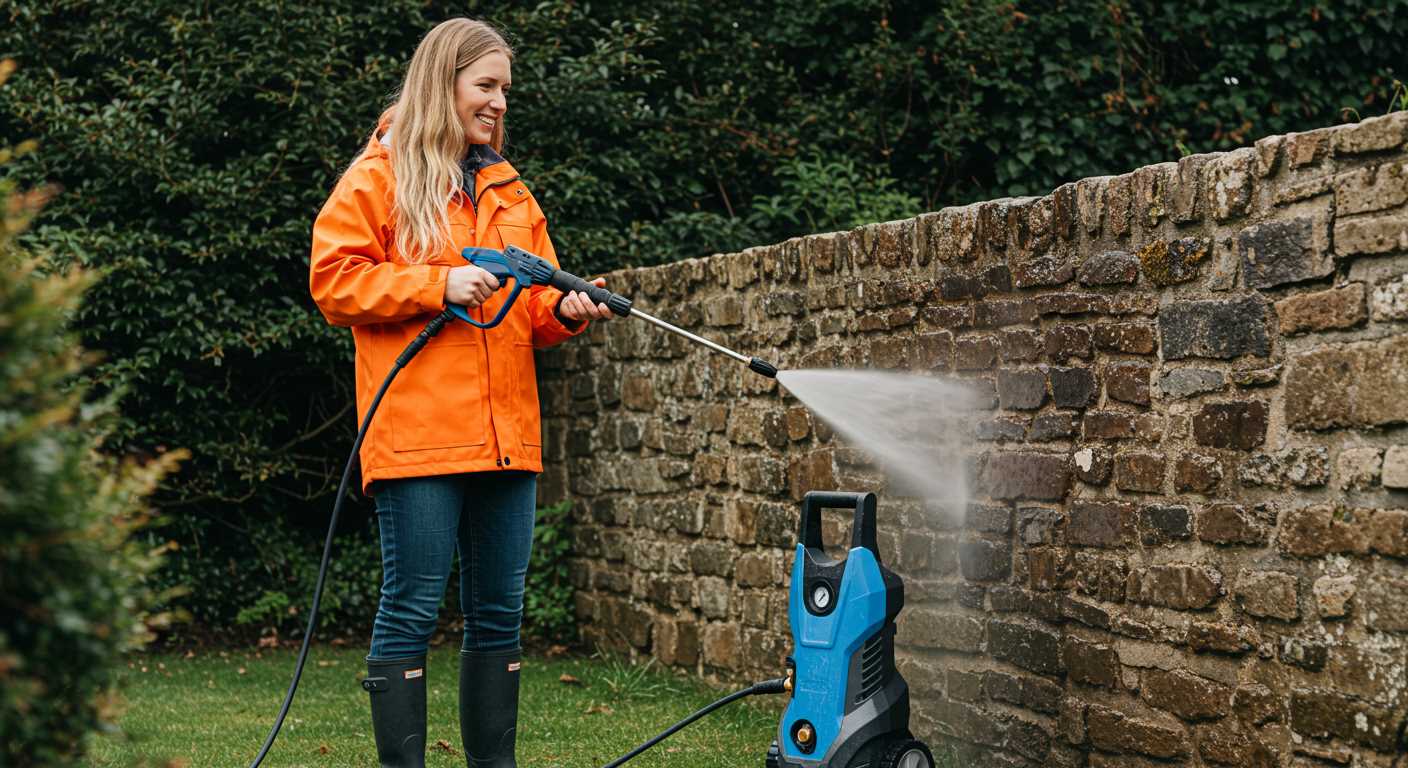
Wind can significantly affect the trajectory of water sprayed from high-performance equipment. Always account for wind direction, increasing your distance to compensate for any projected mist or spray that may reach glass. Additionally, avoid operation under extreme temperatures, as this can affect both the glass and the material being cleaned.
How to Protect Windows While Pressure Washing
To ensure the safety of glass structures during cleaning, follow these steps:
- Use Protective Barriers: Install plywood or plastic sheeting around the area being cleaned. This will help shield glass from debris and high-velocity water.
- Adjust the Spray Angle: Direct the nozzle at a downward angle rather than straight on. This reduces the impact force on glass surfaces.
- Maintain Distance: Keep the nozzle at least 3 feet away from glass surfaces. This distance minimises the risk while still allowing for effective cleaning.
- Switch to Lower PSI: Use a lower rating when cleaning near fragile surfaces. This can significantly decrease the risk of damage.
- Consider Different Tips: Use a wider nozzle tip to disperse water over a larger area, reducing the pressure on the glass.
- Conduct Pre-Testing: Test the equipment on a less visible area before cleaning the primary surfaces. This helps assess any potential risk.
- Inspect Surroundings: Remove any loose items nearby, such as furniture or garden decorations, to prevent accidental impacts during the process.
- Enlist a Helper: Having someone assist can guide you in maintaining safe distances and angles.
Applying these methods will significantly reduce the likelihood of adverse effects while maintaining effective cleaning performance. It’s vital to remain attentive and cautious when working in close proximity to delicate glass features.
Steps to Take After a Window Breaks
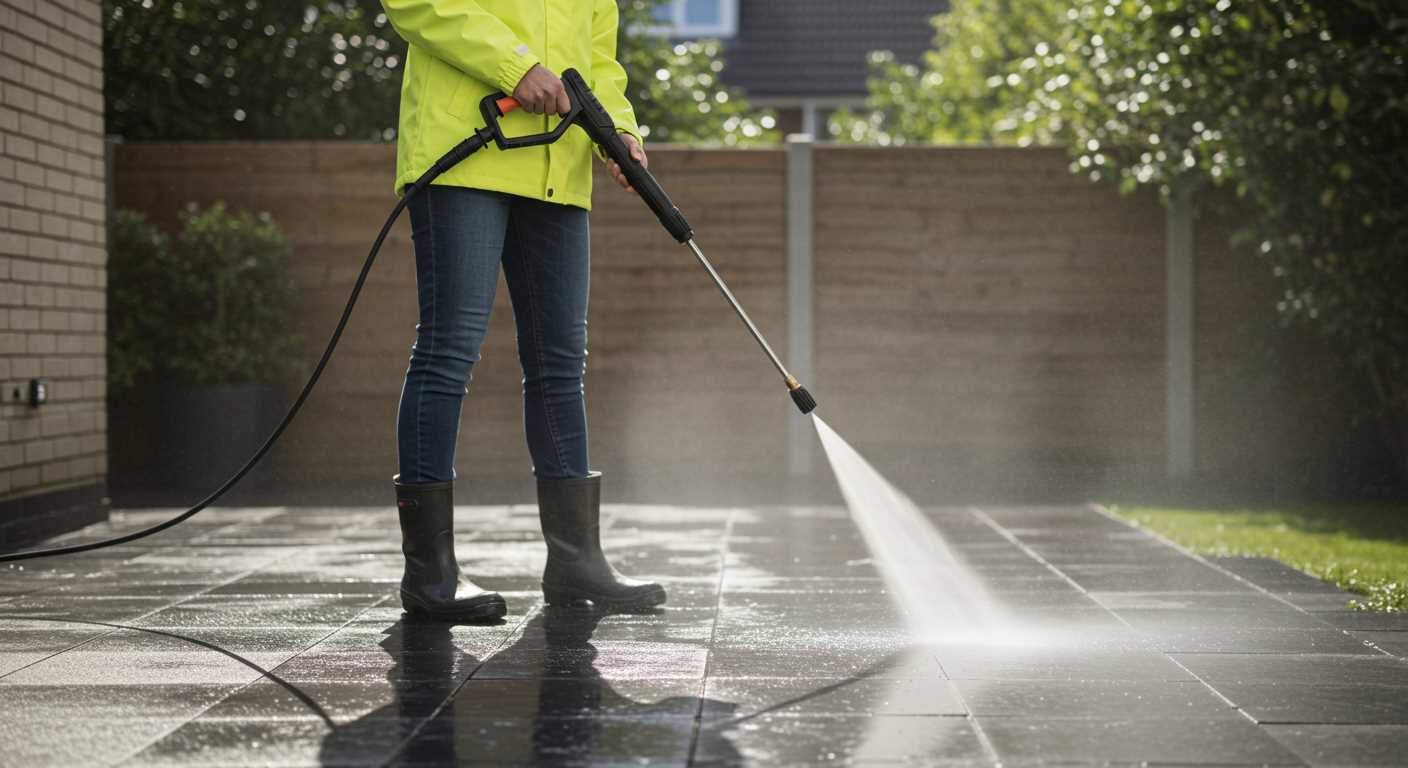
First, ensure safety by clearing the area of any people and pets. Broken glass poses immediate hazards, so assess the situation carefully to avoid injuries.
Next, wear protective gloves to prevent cuts while handling shards. Use a broom and dustpan to collect large pieces carefully. For smaller fragments, a vacuum cleaner with a hose attachment can be effective, but ensure that it is suitable for debris removal.
Once the bulk of the glass is cleared, identify the type of damage. If the frame is compromised or if shards are embedded in nearby structures, you may need professional assistance to assess structural integrity.
Consider covering the opening temporarily with plastic sheeting or cardboard to keep out weather elements and pests. This will also enhance security until repairs commence.
Document the damage with photographs for insurance purposes. This evidence can be crucial when filing a claim or seeking reimbursement for repairs.
Contact your insurance provider to report the incident. Be prepared with the details of the occurrence, photos of the damage, and any potential estimates for repairs.
Finally, schedule repairs as soon as possible. Whether you are replacing the glazing yourself or hiring a contractor, addressing the issue promptly will prevent further complications.







